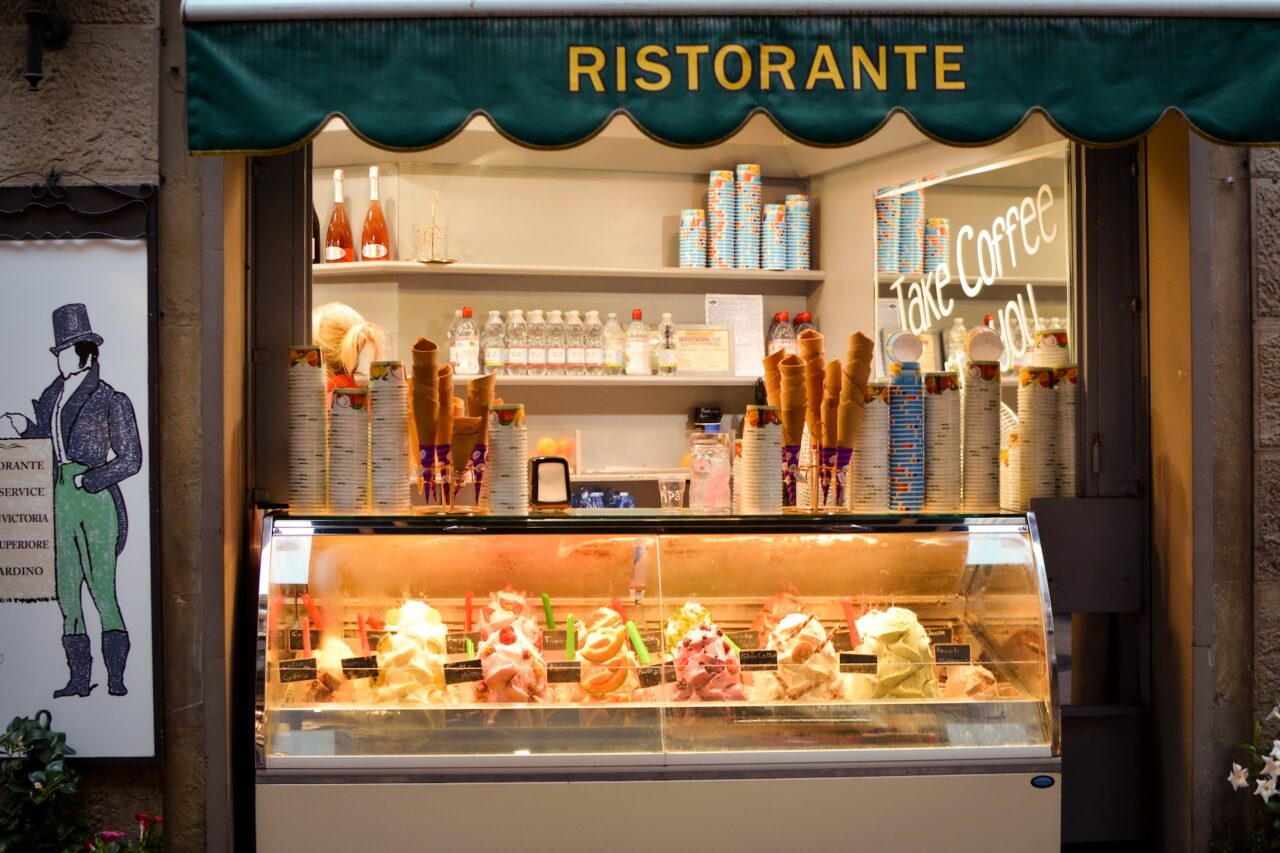Rome is easily one of the most celebrated food destinations in the world. The culinary traditions of Rome have a storied history that spans centuries, leaving an indelible mark on Italian cuisine as a whole and influencing palates worldwide. To get the full Roman culinary experience, it helps to know the stories behind the city’s most classic dishes, from the ingredients specific to this region, to the techniques that have stood the test of time. This blog will give you a primer on Roman cuisine and tips on how to get the most out of your next Roman holiday.
Historical Context
Rome is, of course, a city characterized by a rich sense of history. When in Rome, you don’t need to look far to see remnants of the past all around you. From breathtaking architecture to magnificent ancient ruins, history is very much alive in Rome. So, it’s not surprising that history plays a role in the modern Roman culinary scene. While centuries of globalization have left their mark on the Italian palate, many core elements of the cuisine today can be traced back to ancient times. It is believed that Ancient Romans ate whole grains, veggies, fruits, and olive oil, with some dairy and lean protein, and honey for sweetness. Wine also factored heavily into the Roman diet. The adoption of spices, pasta, tomatoes, and artisan bread and cheesemaking came in later centuries and became staples of Roman cooking.
Pasta: The Heart of Roman Cuisine
When you think of food in Rome, Italy, pasta is probably one of the first dishes to come to mind. Italians were not the first people to make pasta, however. Archaeologists believe the Chinese produced noodles as early as 3000 BC. Pasta making eventually traveled west with Arab traders and arrived in Italy in the 13th or 14th centuries. Today, it’s a staple of Roman cuisine.
Popular Pasta Dishes in Rome
There are four classically Roman pasta dishes, and these are the can’t-miss dishes to try when you visit Rome: carbonara, cacio e pepe, amatriciana, and alla gricia. These dishes are all based in the same simple ingredients, with variations in technique and recipes. Cacio e pepe translates to “cheese and pepper,” and is composed of pecorino romano cheese and fresh ground black pepper; starchy pasta water brings the sauce together to coat the pasta. Pasta alla gricia is composed of pecorino, black pepper, and guanciale (crispy pork jowl). Pasta all’amatriciana has a tomato-based sauce but includes the same elements as pasta alla gricia. Finally, pasta carbonara is composed of guanciale or pork belly, black pepper, pecorino, and egg yolks. Al dente pasta and some starchy pasta water is added to the raw egg yolks to create a creamy sauce. Technique is important here, to keep the egg from cooking too quickly. These deceptively simple dishes emphasize the quality ingredients and traditional techniques that make Roman pasta so exceptional.
Regional Flavors and Ingredients
As evidenced in the classical Roman pasta dishes, much of Roman cuisine is built on simple, traditional ingredients, including olive oil, tomatoes, and fresh herbs. A staple ingredient of the Mediterranean diet, olive oil is used not only for cooking but also for adding flavor and richness to focaccia, salads, vegetables, and more. Tomatoes, which became common in Italy around the 18th century, feature in such classic Italian dishes as pomodoro sauce and caprese salad. Herbs, the unsung heroes of Roman cooking, add a fragrant depth to dishes.
Aside from pasta, popular Roman dishes include pizza a taglio, artichokes (or carciofi alla Romana), and veal saltimbocca. If you’re feeling adventurous, try the trippa alla Romana (tripe), simmered in a tomato sauce with fresh herbs and vegetables.
Gelato: The Sweet Finale
No visit to Rome would be complete without sampling some Italian gelato. Denser and richer than ice cream, gelato has a higher proportion of milk and a lesser amount of cream and no eggs. The streets of Rome are lined with colorful gelaterias showcasing the flavors of the city. Stracciatella, cioccolato fondente (dark chocolate), pistachio and fior di latte are timeless classics you’ll find in most gelato shops. Other popular flavors include fresh fruit-based recipes like limone (lemon), fragola (strawberry) and lampone (raspberry) that are especially refreshing on a hot day.
Wine and Beverage Culture
Wine is an important part of the food culture in Rome. In fact, many restaurants serve only wine with food, with cocktails reserved for bars. Wine in Rome is meant to complement your food selection. If you’re not familiar with the wine lists in Italy, don’t be intimidated! Ask for a recommendation from the wait staff or sommelier. When in doubt, try something local.
While wine is the ideal drink to pair with your Roman meals, do take the opportunity to enjoy a negroni, aperol spritz, or limoncello while in Rome.
Culinary Experiences for Tourists
With so many restaurants and markets in Rome, it can be hard to know where to start. That’s where a taking a tour of the Roman city can help you make the most of your limited time, guiding you on a customized journey through the city’s best dishes, artisan producers, and hidden gems. If you want to further delve into the city’s culinary culture, make some time to attend a cooking class or demonstration held by local chiefs or home cooks.
Roman Culinary Traditions in Modern Times
Today, Roman food culture is a vibrant blend of innovative new voices and the preservation of centuries-old traditions. While Italians have long been partial to slow, leisurely meals, Rome has a growing and diverse street food scene. Rome’s culinary traditions are living, breathing entities that adapt and evolve, ensuring that every meal in this eternal city remains a celebration of flavor, history, and the enduring art of Italian dining.

